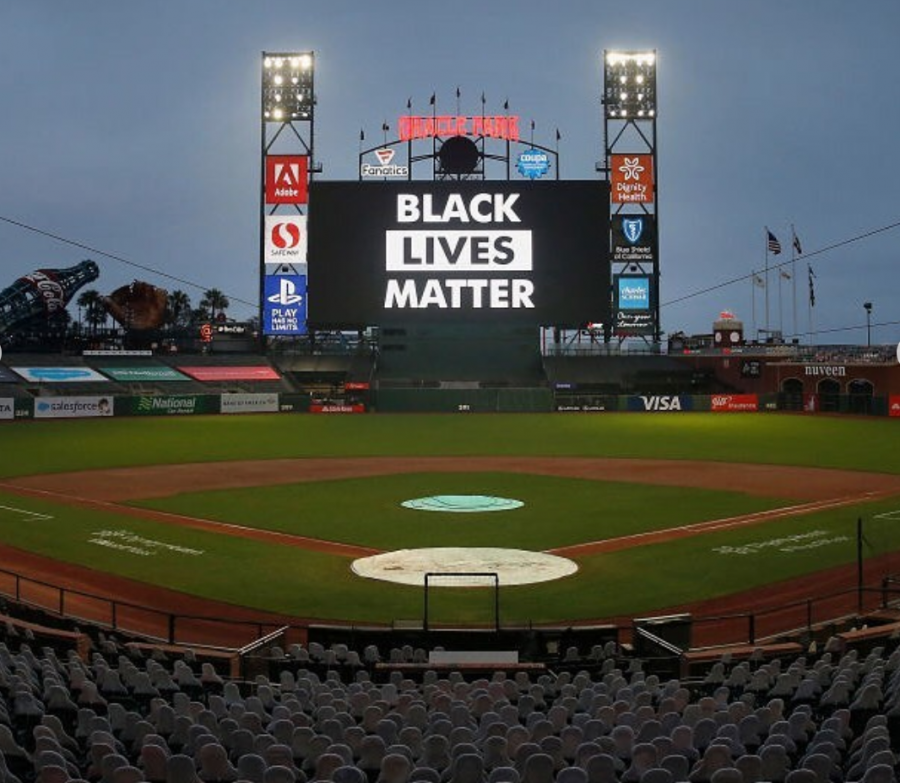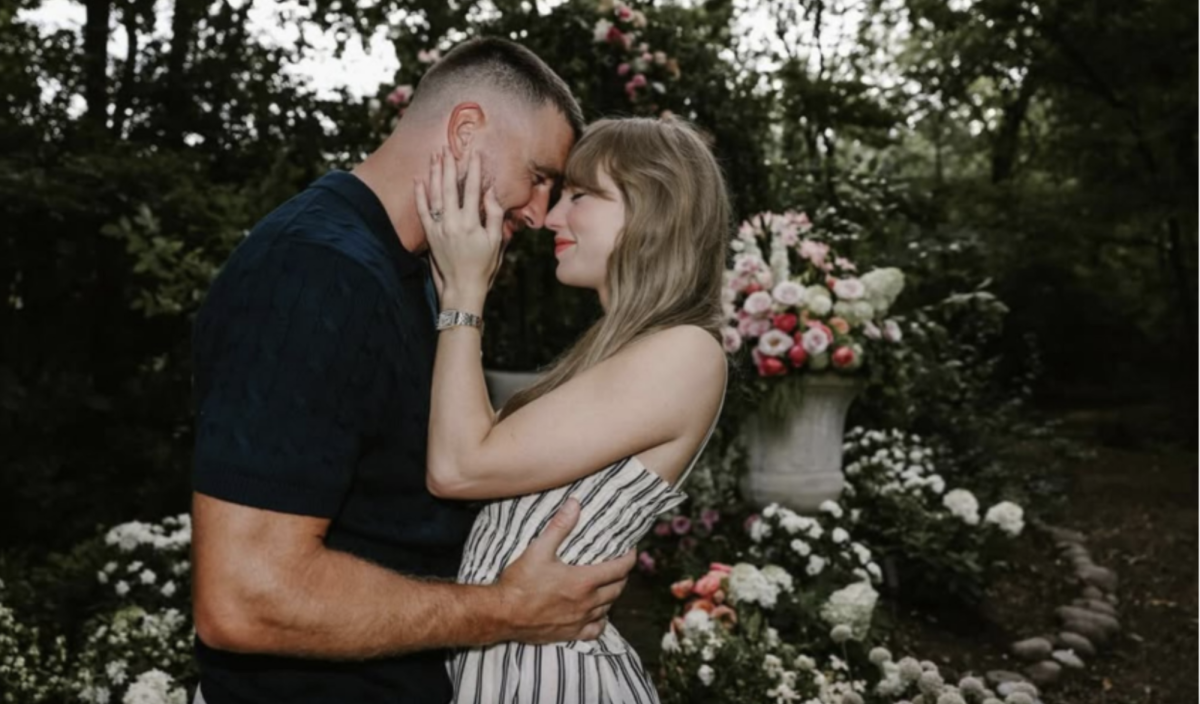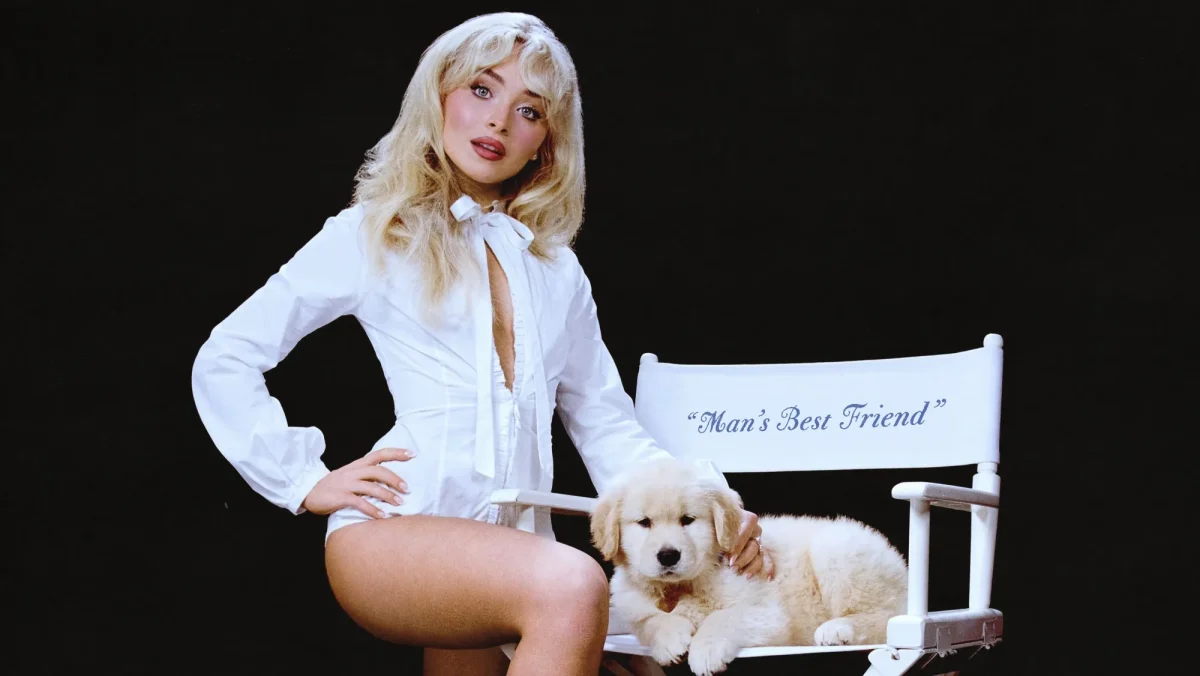Student-Athletes Respond to Social Injustice
October 10, 2020
Professional athletes have used their platforms to raise awareness of social injustice for decades. In 1968, two team USA sprinters, John Carlos and Tommie Smith, each raised a black-gloved fist during the national anthem in support of human rights. Almost half a century later, Colin Kaepernick, then quarterback for the San Francisco 49ers, protested racial inequality and police brutality by kneeling during the national anthem in 2016. Four years later, in the wake of George Floyd’s death, the shooting of Jacob Blake, and countless other acts of violence, many professional sports teams have also used their status to protest social injustice.
According to a 2019 analysis by the Cambridge University Press, professional athletes with large followings have immense power to make an impact on their fan bases, including influencing political behaviors like activism for social justice.
“[When] these [professional] athletes take a stand [against racial inequality] on national television, it gives Black athletes like me courage to respond to other students who disagree with the sentiments of BLM (Black Lives Matter),” explains Jacinta Smith (‘21), varsity soccer player and track runner. “And [it gives me] a purpose to encourage a better environment in sports for BIPOC (Black, Indigenous, and People of Color) students.”
Student-athletes across the nation are demanding change within their athletic programs and are beginning to see results. The Boston Globe reported that athletes from the University of Iowa spoke out against the racism of a long-standing coach. After further investigation, he was dismissed from his post. Similarly, the New York Times revealed how the Clemson University football team in South Carolina found the courage to confront their coach on his lack of discipline towards racism in his staff.
Similar discussions are starting to happen at the local level, in Mamaroneck High School, as students begin to share their thoughts and opinions.
“In our community, students of color are always the minority in a school sports program, so they often receive racial abuse that goes unnoticed,” says Smith. Jokes related to racial stereotypes are extremely hurtful and can affect students’ self-esteem. “In order to see more acceptance and progress at high schools, the leadership and support systems have to make a sincere effort to prioritize the needs of athletes of color,” adds Smith.
Lonjezo Sandram (‘22), varsity football player and track runner, feels that schools and their athletic teams should focus on building community and developing empathy. He believes that the best way to combat racial inequality in sports is to “stand by [one] another” and “show some love to everyone.”
While there is no clear-cut solution to social injustice in sports in America, the first step is to focus on one’s community. Although some students may not see the pain experienced by others, it still exists. MHS can work to recognize these students’ voices by addressing their concerns. As a student body, everyone must be cognizant that every student has different circumstances, and it is necessary to treat everyone with compassion.







